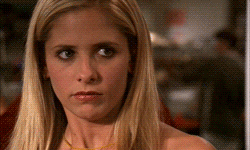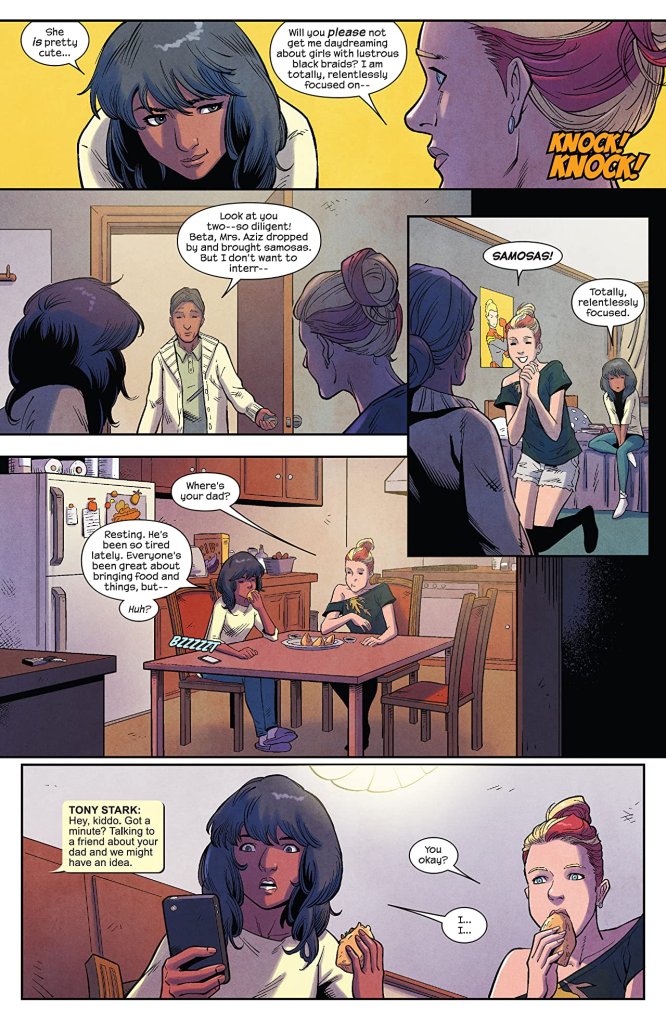by Jonathan Hickman and Tomm Coker
I was recently made aware of this book as an antisemitic graphic novel. As a fan of Hickman, specifically his recent X-Men work, I was both startled and concerned that Black Monday Murders centered around a secret cabal of bankers who control the world’s finances. I read most of volume one, and unfortunately, there were enough antisemitic overtones to ring the alarm, make me nauseated, and put down the book – and Hickman’s works for good.
If this is unfamiliar to you, you may have heard stereotypes of Jews as bankers, money lenders, and in control of world events through finances. (One philanthropist often targeted is George Soros.) This is an antisemitic trope dating back to the 1900’s and the fabricated Protocols of the Elders of Zion. From the Wikipedia article:
The Protocols purports to document the minutes of a late-19th-century meeting attended by world Jewish leaders, the “Elders of Zion”, who are conspiring to take over the world. The forgery places in the mouths of the Jewish leaders a variety of plans, most of which derive from older antisemitic canards. For example, the Protocols includes plans to subvert the morals of the non-Jewish world, plans for Jewish bankers to control the world’s economies, plans for Jewish control of the press, and – ultimately – plans for the destruction of civilization
In Hickman’s secret cabal, one of the families is the Rothschild family. All the others are fictional. I cannot overstate how hugely problematic this is. The Rothschilds are a real family of Jewish bankers who have been targets of real antisemitism for centuries, most recently from Congresswoman Greene. Saying the Rothschild family – who are again, REAL JEWISH PEOPLE – are murderous “pure bloodline” devil worshippers who control the world’s wealth – which yes, all shows up in this book – is about as blatant antisemitism as it gets.
By the way, another cabal family’s surname is Ackermann, which is also an Ashkenazi (Eastern European) Jewish name.
Hickman even ties in Judas, centuries old antisemitism. This is not a matter of not doing enough research. It is doing exactly enough research to create a story absolutely undeniably antisemitic that Jews and more importantly white supremacists will understand.See more here.
THE LITERAL CHARACTER ON THE COVER HAS HORNS. WTF HICKMAN.
Listen, is there a possibility none of his is intentional? …Maybe. I’m willing to extend the benefit of the doubt to everything…except the Rothschilds. Who are real people. Who are constantly targeted for the exact conceit in this book. And any amount of research will show you that. There was no reason to use their name in this book if the rest of them are fictional. Absolutely none.
I am no longer reading comics by Jonathan Hickman.
And, Hickman: how fucking dare you. Comic books and the graphic novel genre were literally created by Jews because of antisemitism. University quotas and barring Jews from fields of work forced them into fields of publishing, pulp magazines, and yes, comic books. At the height of the Holocaust, a Jewish genocide rooted in conspiracy and scapegoat theories like the ones you peddle in this book. How. Fucking. Dare. You.






